Have you ever found yourself on the golf course, pondering when to use what golf club for a specific shot? You’re not alone. Mastering the art of club selection can be a game-changer for golfers at every level.
Whether you are a beginner, or a seasoned golfer looking for some ideas on those tricky shots, I’ve got you covered.
In this comprehensive guide, we’ll demystify the world of golf clubs and provide practical advice to help you make confident decisions on the course. From understanding the different categories of clubs to customizing your golf bag based on your skill level, we’ve got you covered. Are you ready to elevate your game? Let’s dive in.
Understanding Golf Club Categories
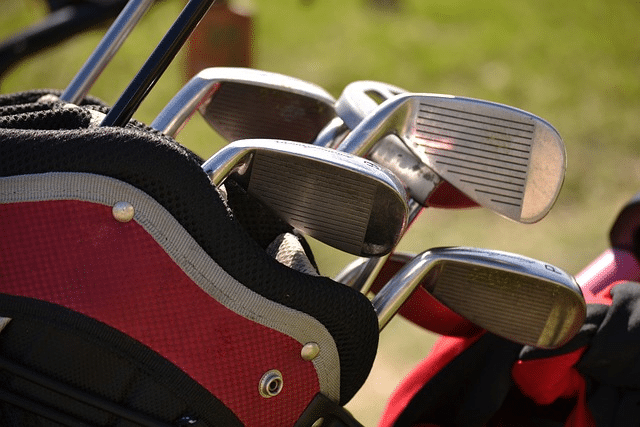
Golf clubs come in various categories, each designed for specific situations on the golf course. The primary categories are drivers, fairway woods, irons, wedges, and putters. Knowing when to use each club can significantly impact your game, enabling you to make the most of each shot.
In the following sections, we’ll delve deeper into each category and their general uses, ultimately helping you decide which golf club to use in different scenarios.
Drivers
Drivers are specifically crafted for maximum distance off the tee, featuring large clubheads and low loft angles. Their large, circular club heads make it easier to strike the golf ball and provide a degree of forgiveness for mis-hits.
Related – Best driver for beginners
Typically used on the tee box of longer holes, drivers can be challenging to use from the fairway or rough due to their design. For beginners, a loft angle ranging from 10.5 to 12 degrees or higher is recommended as higher loft generally helps with forgiveness.
Some novice golfers may find it easier to achieve greater control and consistency using a 3-wood off the tee instead of a driver. Regardless of your choice, the key to success with drivers lies in solid contact and a smooth, controlled swing. Practice and experience will help you unlock the full potential of this powerful club.
Other uses for a driver include shots around the green when faced with a bump-and-run type of shot, or to punch a ball out of the trees and keep it low, getting yourself back in play. If you are a golfer that struggles with your chipping and try to use your putter whenever possible, even from the rough, give your driver a try on those shots!
A driver can be particularly useful in a scenario where you are under trees and need to keep your ball low and get it back out to the fairway. It is the lowest lofted club in your bag, so you might find it useful in that situation, especially if you are trying to maximize distance on the shot.
Fairway Woods
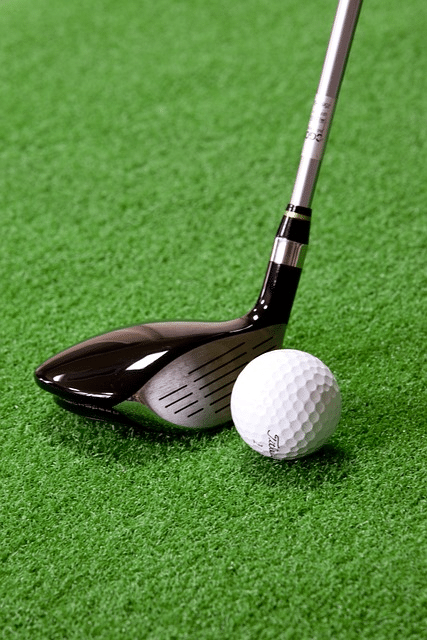
Fairway woods are versatile clubs designed for long shots on the fairway, boasting higher loft angles than drivers. The 3-wood, in particular, is an excellent choice for situations when the ball cannot be teed up, as it’s generally easier to hit off the ground than a driver and allows for greater distance than irons.
High handicappers might benefit from more lofted woods, such as the 7 or 9-wood, as they are easier to hit while sacrificing some distance. Ultimately, the choice of fairway wood depends on your skill level and the specific shot you need to execute.
Woods are also used off the tee in situations where you don’t want as much distance as a driver. For example, lets say there is a hazard partway to the hole. Hitting your driver may very well put you in the hazard, but laying up with a wood leaves you short of it with a reasonable shot into the green.
Some golfers will generally hit a fairway wood whenever they have a longer distance to the hole, say 215+ yards. But, it isn’t always the best club. If you are in the rough, taking a shot with a fairway wood will keep your ball low as it exits the rough, likely slowing your ball significantly if the grass is too high. A 7-iron may be a much better choice in that situation.
Irons
Irons are the workhorses of the golf bag, employed for various shots on the golf course, from tee shots on par 3s to approach shots. Higher ball flights can be achieved with irons compared to woods, allowing the ball to land at a steeper angle and reducing the chance of it rolling off the back of the green.
Irons typically come into play when golfers are less than 200 yards away from the green, with club selection varying based on the desired loft for the shot. For example, a 3-wood and 3-iron have the same loft angle, but the 3-wood provides more distance, while the 3-iron offers a softer landing on the green.
Understanding your irons and their capabilities is crucial for making the right club selection as you navigate the course.
Every golfer has their own distances for each iron, it is critical for you to get to know your own distance. You can accomplish this on the driving range, or you can check out our swing speed and distance calculator.
The calculator will simply ask you how far your normally hit your driver…the calculator does the rest and spits out estimated distances for every club in your bag!
Although irons are generally selected based on distance alone, you may also consider using a 7-iron for bump-and-run shots around the green. Or a 5-iron to get yourself out from under trees and punching out.
Wedges
Wedges are specialized clubs designed for short game shots, such as chips, pitches, and bunker shots, featuring high loft angles. There are several types of wedges available, including the pitching wedge, sand wedge, lob wedge, and gap wedge.
When selecting the best golf club in a bunker, consider factors such as the distance of the ball from the green, wind, terrain, and the desired amount of sand to be taken with the ball at impact. For high-lofted pitches, sand wedges and lob wedges are the optimal choices.
Mastering the use of wedges can substantially improve your short game, helping you shave strokes off your score.
If you are a beginner, I would not get hung up on all of the different wedges. Instead, become proficient with one club! Figure out how to hit higher lofted shots with it, and lower shots. You don’t need four different wedges in your bag. If faced with a shot requiring you to loft the ball significantly, open the club face…learn how to hit that shot.
Putters
Putters are used on the green for rolling the ball into the hole, featuring a flat clubface and minimal loft.
Putters come in various sizes with Broomstick and Belly putters being taller than average. The head of a putter can be either flat or mallet, depending on individual preference.
When utilizing a putter, it’s essential to maintain a smooth, controlled, and relatively slow swing to ensure precise contact with the ball and achieve the perfect roll on the ideal line.
Some players use their putter exclusively on the green, but if you find yourself near the green with very short grass between your ball and the green, many will putt. Most players will produce a better result by putting that shot as opposed to chipping.
Factors Influencing Club Selection
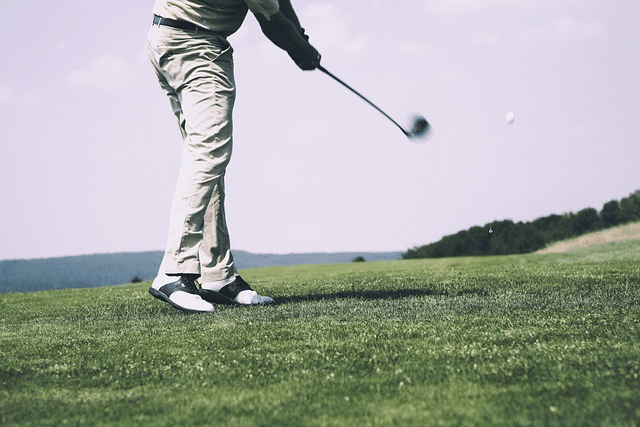
Apart from understanding the different categories of golf clubs, it’s important to consider various factors that can influence your club selection. These factors include course conditions, wind and weather, and your skill level as a golfer.
Let’s examine how each of these factors can impact your club choice.
Course Conditions
Course conditions play a significant role in club selection, as hazards, elevation changes, and rough can affect your shot outcome. For instance, a long iron might be the right club for a tee shot on a hole with a tight fairway surrounded by trees, while a driver might be more suitable for an open hole with minimal hazards.
Being aware of course conditions and adjusting your club choice accordingly can help you navigate the course more effectively and improve your overall performance.
Wind and Weather
Wind and weather conditions can also impact your club selection. Wind speed and direction can influence the ball’s trajectory and the distance it will cover. A strong tailwind can cause the ball to go further than anticipated, while a headwind may reduce the distance it travels.
Temperature, humidity, and precipitation can also affect ball flight and distance, with higher temperatures generally leading to longer shots and wet conditions potentially impacting ball roll. Adapting your club selection to the current weather conditions can help you maintain accuracy and consistency in your shots.
Related – Dealing with Sweaty Hands in Golf
Golfer Skill Level
Your skill level as a golfer can also influence your ability to use certain clubs effectively. Beginner golfers may find it easier to use more forgiving clubs, such as cavity-backed irons, while intermediate and advanced golfers might prefer clubs that offer more control and distance, like tour-level drivers and blade-style irons.
Understanding your skill level and selecting clubs accordingly can help you play to your strengths and improve your overall game.
Most golfers tend to hit certain clubs better. If you have a “favorite club”…consider using it in place of a club that you find more difficult to hit.
For example, I hit my 5-iron really well. I struggle to hit my 3-iron. If I’m in a situation where I need the added distance of the 3-Iron, a lot of times I’ll simply lay-up with my 5-Iron and leave myself a short chip shot onto the green. This usually works out better than hitting my 3-Iron fat and being left with a full 5-Iron into the green anyways.
Customizing Your Golf Bag
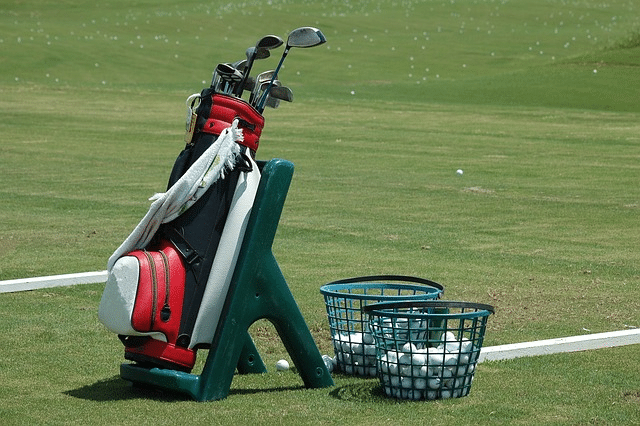
Customizing your golf bag based on your skill level and playing style can make a significant difference in your performance on the course. Golfers can carry 14 clubs in their bag, but the specific combination of clubs can vary based on skill level and preferences.
In this section, we’ll provide recommendations for beginner and intermediate/advanced golfers to help you customize your golf bag for optimal performance.
Beginner Golfers
For beginner golfers, it’s important to focus on a basic set of clubs to ensure you have the necessary equipment to learn the game and develop your skills. A recommended set for beginners includes a driver, 3-wood, 5 or 7 wood, set of irons (5-9), hybrids (3 and 4), pitching wedge, sand wedge, and a putter.
Using more forgiving clubs, such as cavity-back irons, can also help beginners build confidence and improve their overall game.
Related – Golf tips for beginners
Intermediate and Advanced Golfers
Intermediate and advanced golfers may benefit from adding more specialized clubs to their bag for greater versatility and improved performance. These clubs might include additional wedges for more precise short game shots. You may also go with traditional 3 and 4 irons as opposed to the hybrids.
You will also find some seasoned golfers using a 2-iron.
Practical Guide to Using Golf Clubs
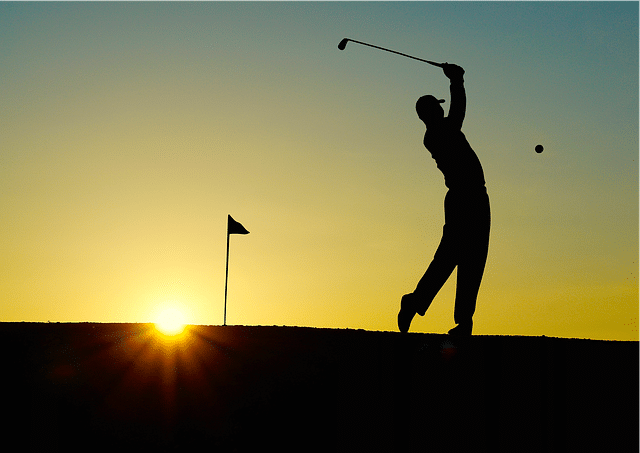
Now that you understand the different categories of golf clubs, their uses, and the factors that can influence club selection, let’s explore a practical guide to using golf clubs in various situations. Whether you’re taking tee shots, approach shots, or focusing on your short game, we’ll provide tips and advice to help you make the most of your clubs and improve your overall performance on the course.
Tee Shots
Tee shots are typically played with a driver or fairway wood for maximum distance, depending on the golfer’s skill level and the hole layout. For example, a driver might be the ideal choice for an open hole with minimal hazards, while a fairway wood might be more suitable for a hole with a narrow fairway surrounded by trees.
The key to success with tee shots lies in solid contact and a smooth, controlled swing.
Related – How to hit 300 yard drives
Approach Shots
Approach shots can be played with irons or wedges, depending on the distance to the green and the desired ball flight. Using irons for shorter approach shots can provide a higher ball flight, allowing the ball to land at a steeper angle and minimizing the chance of it rolling off the back of the green.
For longer approach shots, fairway woods or hybrids may be more suitable, offering increased distance while maintaining accuracy. In any case, selecting the right club for your approach shot is crucial for setting up a successful putt or getting the ball close to the hole.
Short Game
The short game requires a variety of wedges and the putter. Chipping, pitches, bunker shots, and putts. Pitching wedges, sand wedges, and lob wedges can be used to execute precise short game shots, depending on the specific situation and desired ball flight.
For example, a sand wedge might be the optimal choice for chipping from the rough, while a lob wedge could be more suitable for a high-lofted pitch over a bunker.
Related – Wedge distance control drills
The Importance of Golf Swing Mechanics
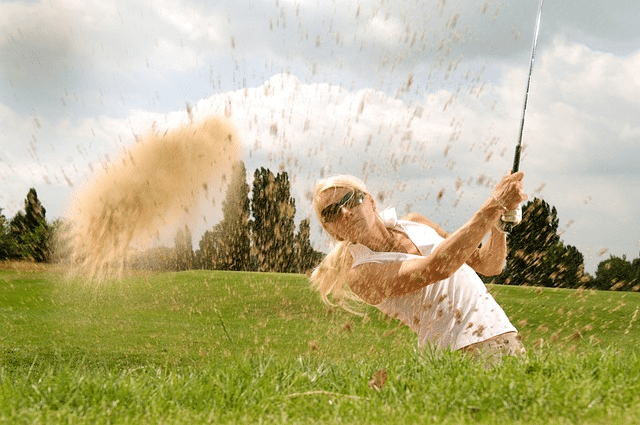
Proper golf swing mechanics are essential for using clubs effectively and improving overall performance on the course. By focusing on fundamentals such as grip, stance, and posture, you can develop a consistent swing that allows for solid contact, increased swing speed, and greater accuracy in your shots.
In this section, we’ll explore the importance of golf swing mechanics and provide tips for refining your swing to get the most out of your clubs.
Solid Contact
Solid contact with the ball is crucial for achieving the desired distance and accuracy with any club. Ensuring that the ball is positioned in the center of your stance, maintaining a balanced posture, and keeping your feet shoulder-width apart can help improve your contact.
Additionally, focusing on transferring your weight to the front foot, keeping your arms and wrists relaxed, and maintaining a consistent tempo can help you make solid contact with the ball consistently. By practicing these techniques, you can enhance your overall performance on the course.
Related – Drills for hitting the golf ball solid
Swing Speed
Swing speed plays a significant role in the distance a ball travels, with faster swings generally producing longer shots. The average swing speed of an average golfer, specifically male golfers, is around 93.4 mph, while PGA Tour pros can reach speeds upwards of 110 mph.
To increase your swing speed, focus on strengthening your core muscles, maintaining flexibility, and refining your swing technique. By developing a faster swing speed, you can hit the ball further and improve your overall performance on the course.
Related – How to increase your swing speed
Consistency
Consistency in the golf swing is key to using clubs effectively and improving overall performance on the course. By focusing on the fundamentals of the golf swing, such as grip, stance, and posture, you can develop a consistent swing that allows for solid contact, increased swing speed, and greater accuracy in your shots.
Regular practice and concentration on the basics can help you cultivate consistency in your swing, ultimately leading to better scores and a more enjoyable golfing experience when you play golf.
Frequently Asked Questions
Summary
In conclusion, understanding the different categories of golf clubs, their uses, and the factors that influence club selection is essential for golfers at every skill level. By customizing your golf bag based on your skill level and playing style, practicing solid golf swing mechanics, and making informed decisions on the course, you can elevate your game and enjoy a more rewarding golfing experience. Remember, the key to success in golf lies in continuous learning, practice, and adaptation. So, keep refining your skills, and may your next round be your best one yet!
